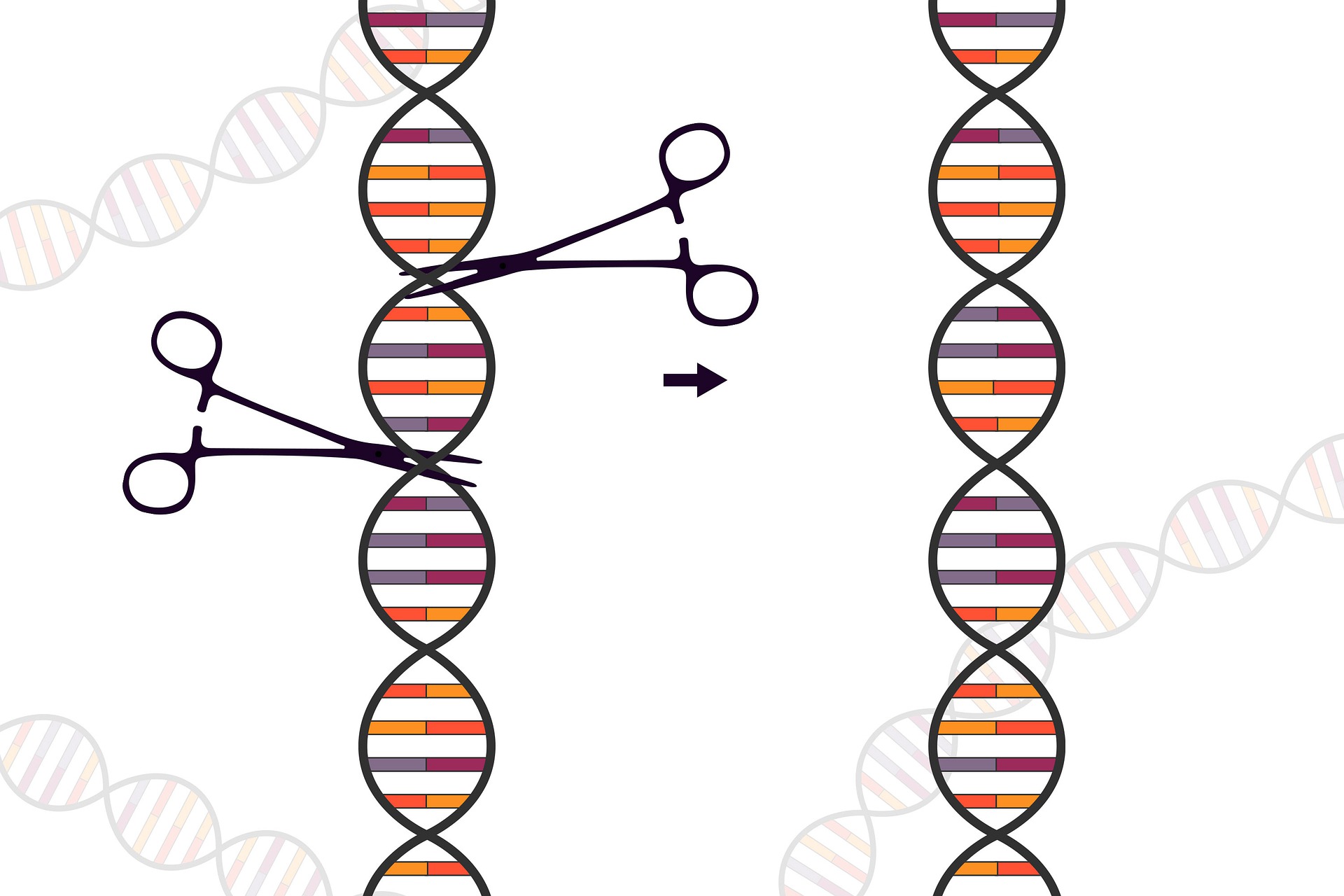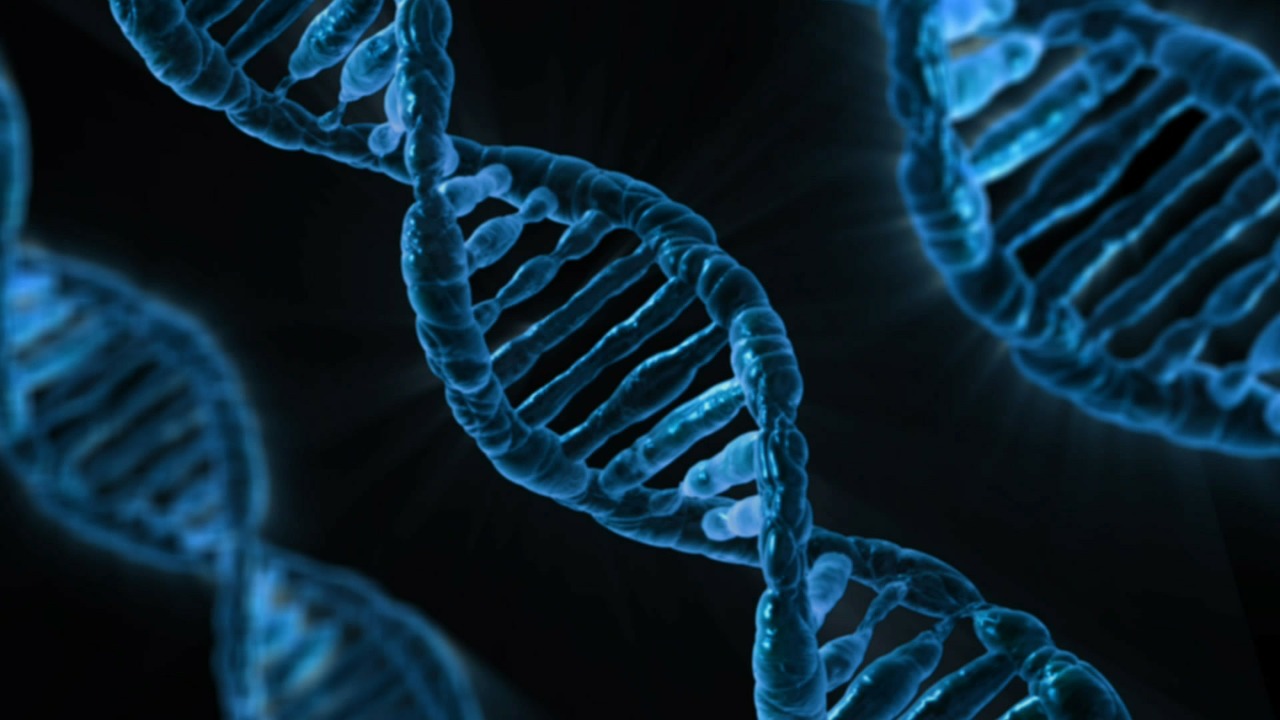The Human Genome Project: Challenges and Opportunities for the Future
The Human Genome Project is a collaboration of scientists from around the world that's been going on since 1990.

The goal of the project is to create a map of all the genes in our bodies. So far, they've mapped most of the human genetic code and have made several important discoveries.
For one, they've found out that there are more than 200,000 genes in total! They also found that many different types of genetic mutations can cause cancer and other diseases. Now, that we know how complex our DNA is, scientists are working to find ways to prevent these diseases or make them less severe.

The Human Genome Project
In a Brain Research of 1954, a young British neuroscientist named Richard Collier noticed something odd in the brain of a fruit fly. Normally, neurons or nerve cells in the brain emit a pinkish light that glows around them. However, in the fly brain, they didn't emit a glow. If you were to look inside the brain of this fruit fly, you would not see any fluorescent green or blue.

The reason for this was because the neuron cells that the fly was using to communicate with other neurons didn't glow like a regular neuron. Instead, they emitted a weak bluish light. After hearing about this strange phenomena, Collier went on to create an experiment to try to understand what was happening.
Challenges of the Project
Researchers discovered that DNA is a difficult material to handle, especially when it's broken. This is because DNA's double helix shape means that two strands of DNA have to interact with each other in the correct way to read the information contained in the DNA. When that happens, the DNA twists together.

DNA also has many chemicals attached to it. This means that scientists have to find a way to separate those chemicals, which they call unzipping DNA. So far, they've only been able to unzip about 2% of the human DNA. They say that the amount of unzipping they need to do for a human being would be about 50 to 60,000 DNA strands. Scientists also need to work on diseases such as cancer, HIV, and heart disease. Cancer and HIV both involve defects in the DNA.
Opportunities for Future Generations
Scientists have also found that our DNA can be manipulated to do something that it was never designed to do—create life. In fact, the same technique that was used to create the Human Genome Project can be used to create new life. This is the most exciting idea that scientists have come up with for the future, but they still don't know if it's possible. Because of the complexity of the human body, they also don't know exactly how to do it. Genome Sequencing: Coming Soon to a Doctor Near You Researchers are already using this technique to figure out why some people get sick. Eventually, sequencing the human genome will be a common practice in medicine. Doctors will be able to read the DNA of an individual to determine why they are getting sick, and then treat it.
Conclusion
Genetics is one of the most complex subjects you'll ever learn about. It's never-ending and offers a ton of potential for future discoveries and advances. If you ever get the chance to look into this field further, do it! It's absolutely fascinating and you'll never get bored.